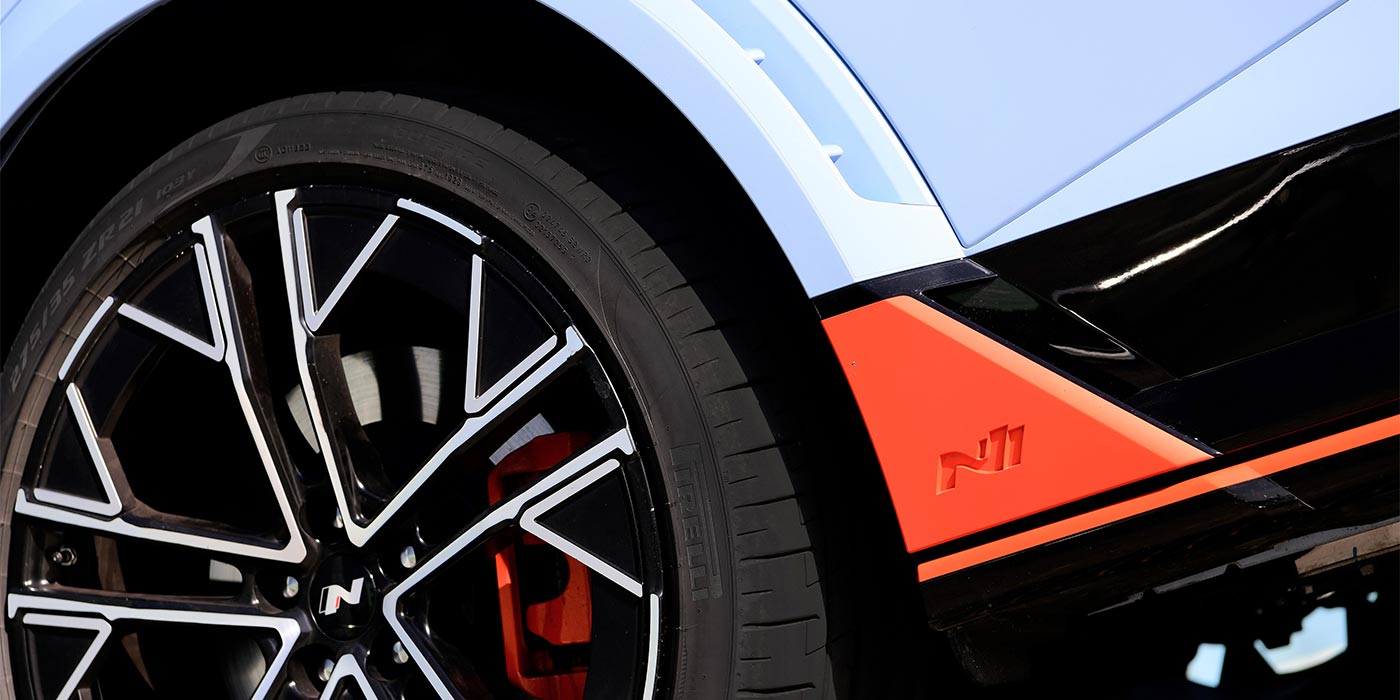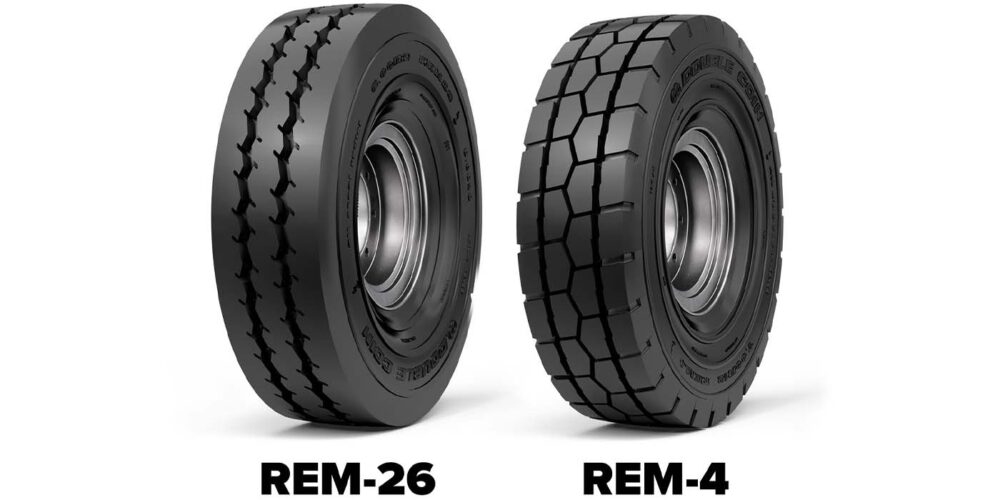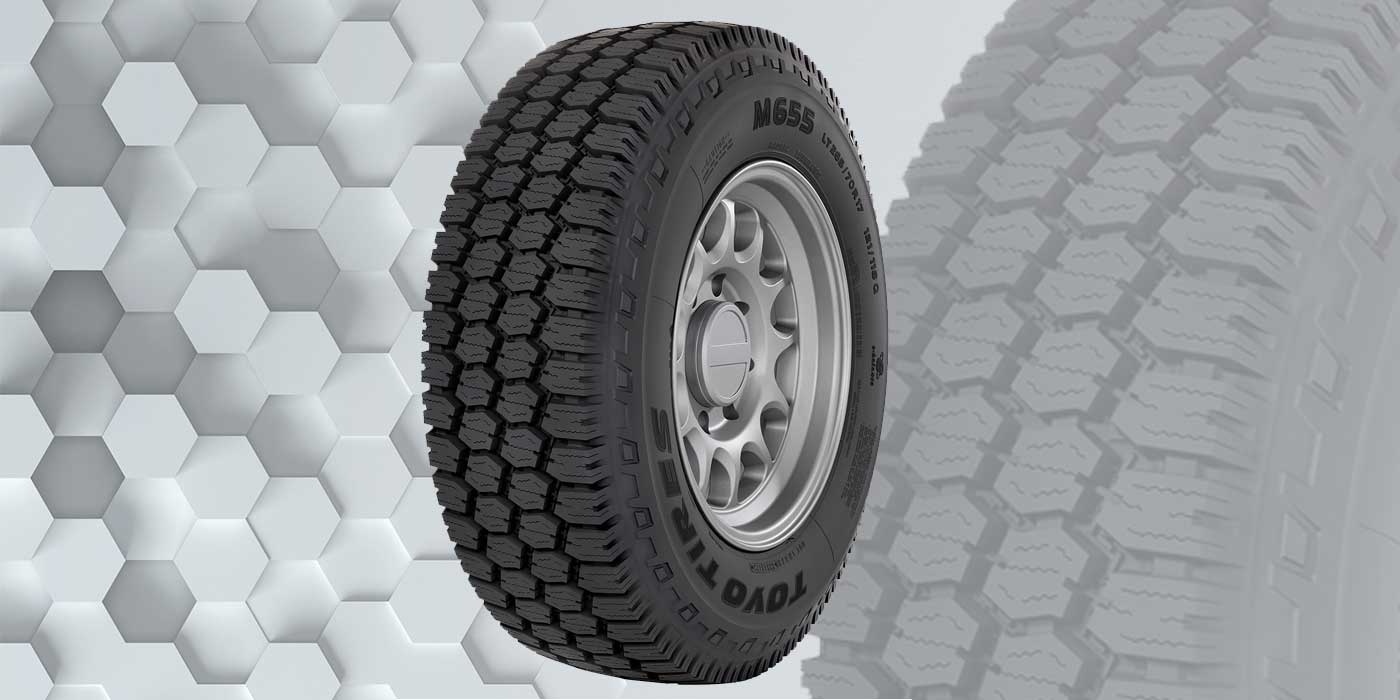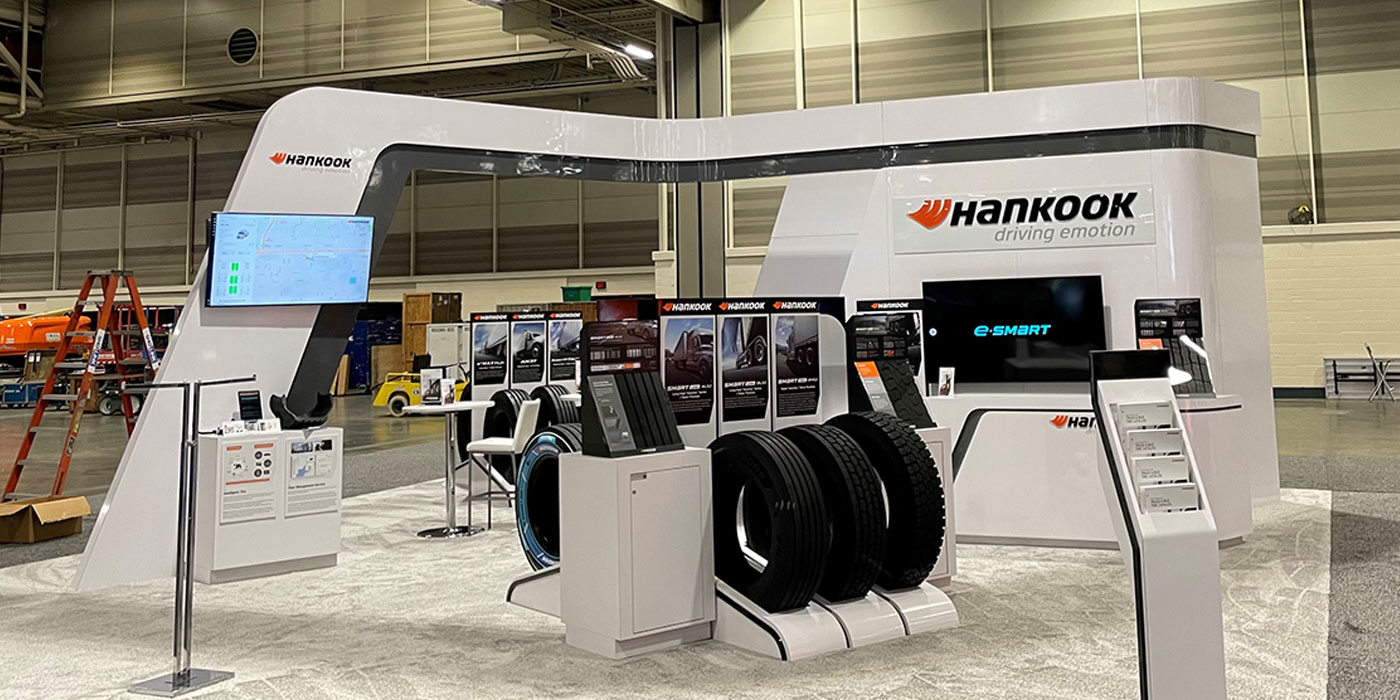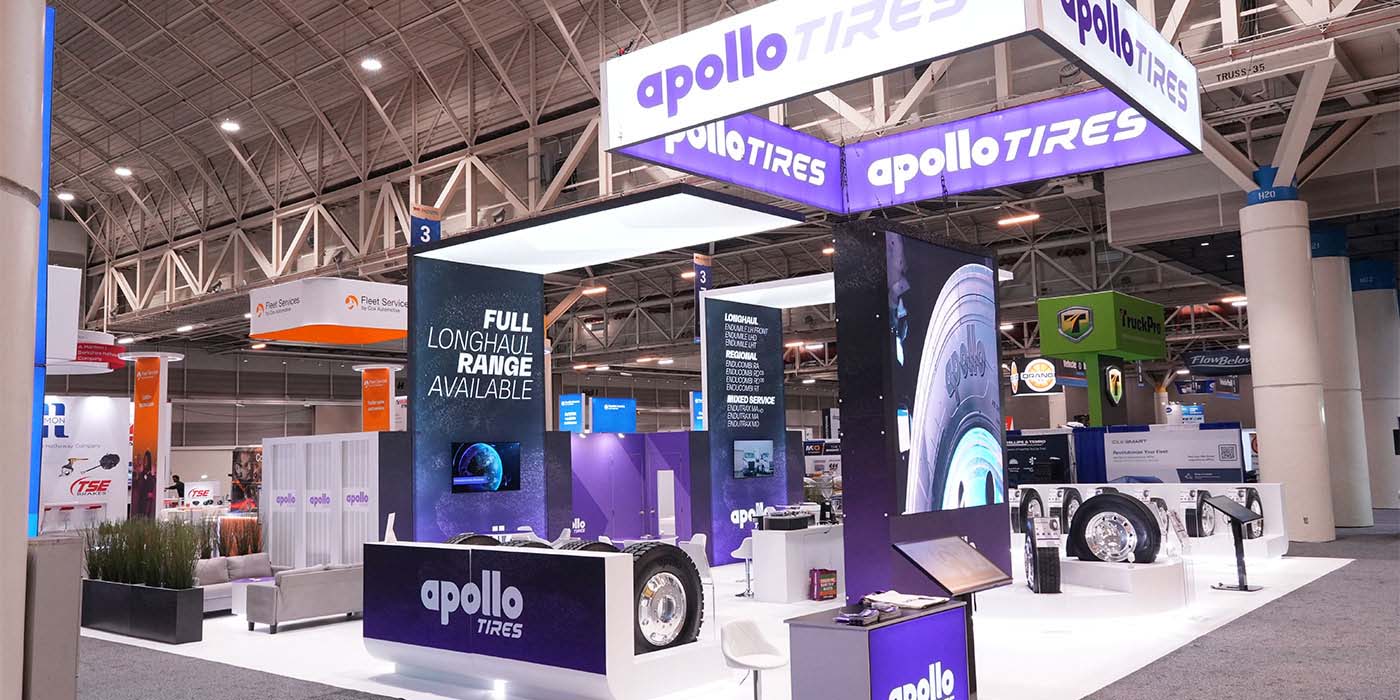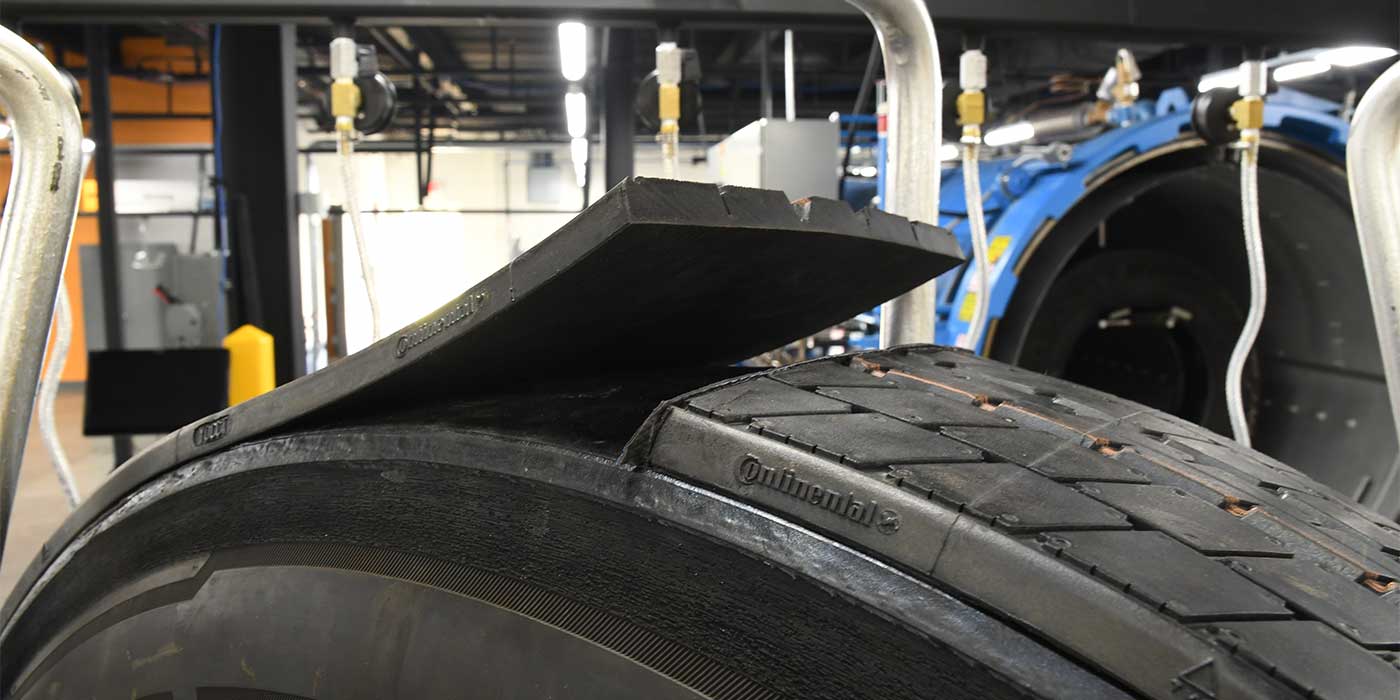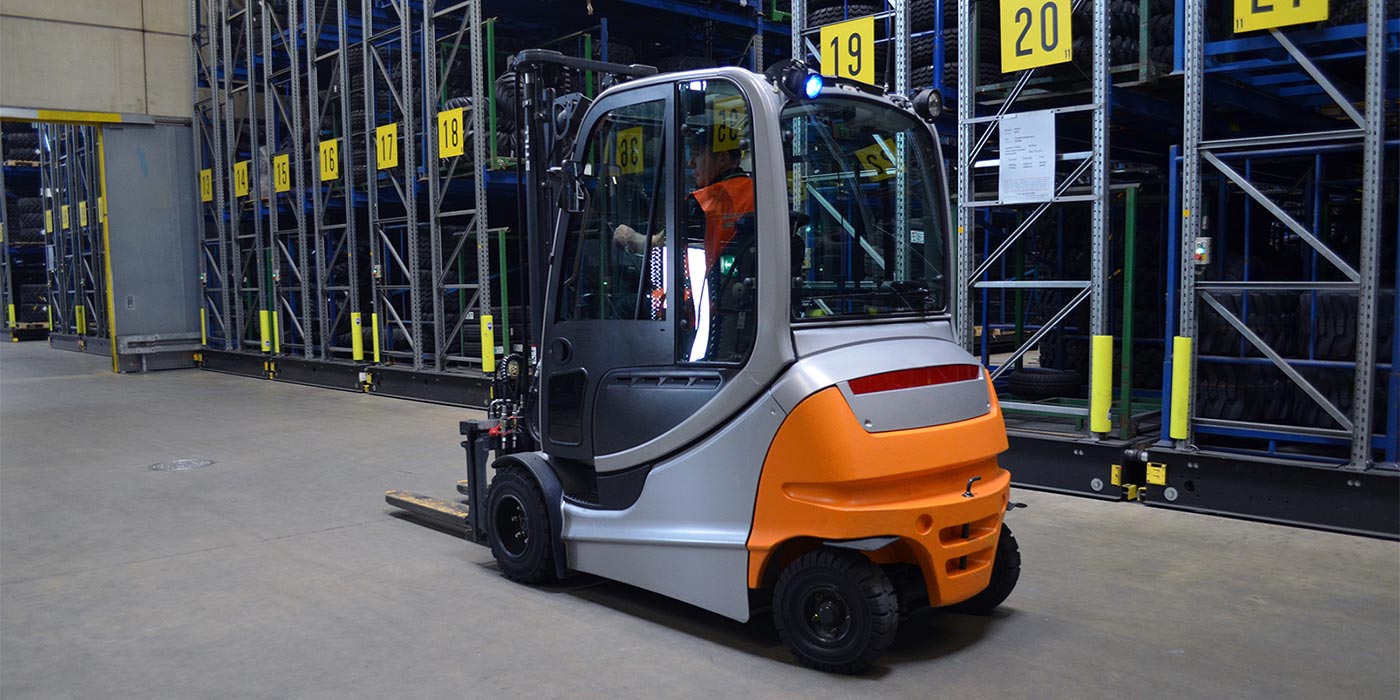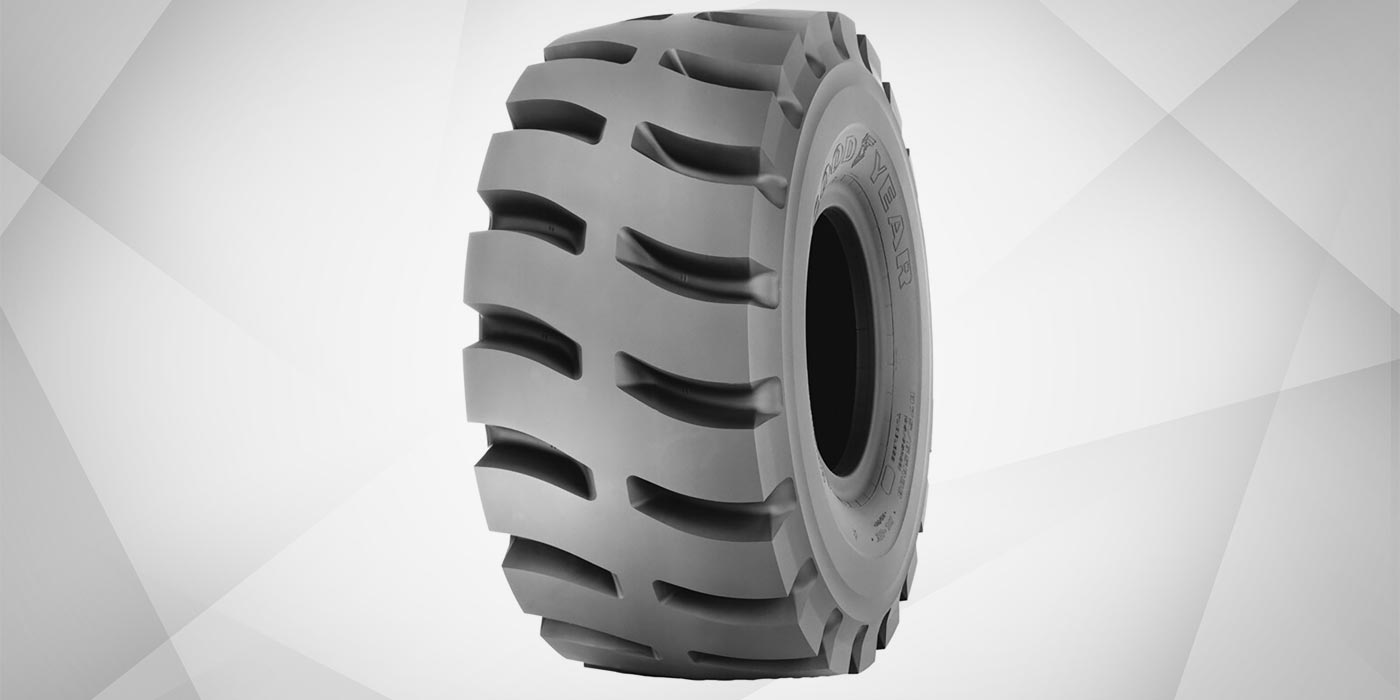Changing To Meet Changing Needs
Changes in the medium-duty truck market, as well as rising fuel prices, are driving many of the changes we are now seeing in tires for these vehicles.
According to industry statistics, the most popular replacement tire sizes for medium duty commercial trucks from 1996 to 1998 were: 11R22.5, 285/75R22.5 and 295/75R22.5. In earlier years, the most popular size used to be 11R24.5, but today it is the lower profile 295/75R22.5.
This tells us the average age of today’s truck fleet is much newer than it used to be, and that many are opting for common steer, drive and trailer tire sizes so they can get extended use out of their retreaded casings.
According to Frank Costa, marketing manager of commercial tires for Goodyear Dunlop, industry medium truck tire sales are about 14 million tires per year – an all-time high. Sales are predicted to be strong for the rest of the year – providing rising fuel prices don’t put on the brakes.
Truck fleets are already feeling the pinch of higher fuel prices, which many believe will lead to hikes in freight rates. But until the cash flow situation improves for many fleets, the fear is that some new tire purchases may be postponed. Time will tell.
Some say the percentage of highway time for Class 8 trucks is growing as smaller fleets are acquired by larger ones and have to drive further distances to serve expanded markets. Whether this is true or not, the front tires in mixed service commercial applications generally see a lot of abuse, wear and road hazards. Consequently, many tire manufacturers have developed unique technologies to better serve the needs of this market.
One such approach is an axle specific design philosophy that aims to optimize tires for each axle position – steer, drive and trailer – as well as how the commercial vehicles are used.
Guy Walenga, engineering manager of commercial products for Bridgestone/Firestone Tire Sales Co., says waste haulers want increased load carrying capacity on the front axle. Some are going to bigger, wider front tires – super singles – while others are going to high load ratings and a common tire size so they can rotate tires between positions when the tires are retreaded.
"We have a 315/80R22.5 tire with a load rating of L that can handle 10,000 pounds per tire. This means the steer axle on a trash hauler can now handle 20,000 pounds where before it could only handle 18,000 pounds," he said.
Waste haulers go through tires very quickly because of the constant scrubbing on the tires. Average tire life may only be three to six months. Tires for this kind of application can benefit from using a harder compound that resists scrubbing and road hazards. The same approach can also be used for P&D fleets.
"Fleets used to buy bias ply tires for local pickup and delivery trucks because this type of tire resisted sidewall damage better than radials. But we now have sidewall protectors built into the tires so radials can be used in short haul delivery applications," said Walenga.
Last year, Goodyear introduced its Enhanced Casing Design (ECD) technology for over-the-road truck tires. The top steel belt is replaced with one made of Polyamide TM, a monofilament nonmetallic material. The Polyamide TM forms a barrier that protects the belt package and keeps out moisture that can infiltrate and rust steel belts, causing irreversible damage that shortens casing life.
The gauge size of the steel used in the second and third belts was also increased, and a cooler running tread compound is used, resulting in a running temperature that is up to 40 degrees cooler than before, according to Goodyear. Al Cohn, marketing director for commercial tires, says ECD technology improves tread life 50 to 100 percent.
A typical line haul truck tire on the steer axle may go 120,000 miles before it is retreaded and moved to a trailer axle, where it can run another 60,000 miles. By comparison, a typical mixed service truck tire on a dump truck, waste hauler or local deliver truck may only last 40,000 to 60,000 miles. Such a tire may be retreaded up to three or more times during its lifetime, provided the sidewall isn’t damaged in service, always a concern with this application.
Cohn says Goodyear’s ECD technology is now being used in two newly introduced truck tires, the G397 LHS (line haul steer) and G372 LHD (line haul drive). Available in 11R22.5, 11R24.5, 295/75R22.5 and 285/75R24.5 sizes, these tires are designed primarily for long distance trucks.
For mixed service applications such as trash haulers, dump trucks and local delivery trucks, optimizing the tire design is more difficult, says Cohn, because many of these trucks now spend more time on the highway than they used to. Even so, one requirement for a mixed service tire is good chipping and chunking resistance. This requires a tougher compound and a tread design that resists stone holding and damage.
Mike Barker, national sales manager of Continental General Tire’s commercial division, says tread depths are also being optimized for specific axle locations. "A common problem with steer tires is erosion wear. If the tread is too deep, it increases the risk of uneven wear as the tire accumulates miles.
"Many fleets don’t understand this and want a tire with more tread depth believing it will last longer. But the greater the tread depth, the greater the tendency for uneven wear," he says.
"We use Visual Alignment Indicator (VAI) technology to help our customers detect early tread wear problems. Sipes of differing depths (1/32-, 3/32- and 5/32-inch) are included on the inside and outside shoulders of our premium tires. By comparing the amount of wear between the inside and outside sipes, uneven wear can be detected early so corrective measures can be taken before the tire is ruined."
Barker says most steer tires today have 18/32-inch tread depth, while 28/32-inch is a popular depth for drive tires. For trailer tires, shallower is better. Most are 12/32-, 13/32- or 14/32-inch deep.
For medium truck mixed service steer tire applications, Barker says Continental General uses a "cut/chip" compound. This contains a higher percentage of synthetic rubber to improve chip and tear resistance so the tire can better survive the road hazards of an urban environment. Tires designed primarily for highway use, by comparison, use a higher percentage of natural rubber to run cooler.
What the future holds for truck tire technology will depend on the economics of the trucking business and whether fleets want better fuel economy, more tread and casing life, or both. It’s a safe bet they’ll want it all.




